






of







of







of





















Ilanlitepe settlement is located in Gervend village of Aghdam region of Azerbaijan. Examples of farm-culture of Ilanlitepe belong to the period from Eneolith to Iron Age. The archaeological excavation that had taken place in 1967-1968 in Ilanlitepe was covering a 220 square meters area.
During the evacuation the destruction of a dwelling house and farm constructions that built in the settlement has been discovered. The buildings were constructed of flat-rough and ordinary rectangular bricks. The dwelling houses are four-cornered and semicircular. The farm constructions are close to the dwelling houses. During the evacuation archaeologists also found two-round shaped small buildings. The walls and floors of the buildings were faced with clay; tracks of red color have been registered in some places. Some areas in the settlement were polished fill shining. Archaeologists considered that round – shaped and right-angled architecture of the buildings found in the Ilanlitepe settlement are characteristic for Azerbaijanis ancient dwelling houses. Round – shaped architecture is characteristic for territories from the middle flows of the Kura River to the Araz River. Right-angled houses found in Ganja-Gazakh, Mil-Karabakh and Nakhchivan relate to the last stage of the Eneolit period. Both types of architecture were found in Ilanlitepe.
Ceramics products that were found in the settlement were prepared of plant mixture with clay; their surface was painted in light yellow and red and then polished. But plates without color and polishing also were often found in the settlement. Some of the pitcher kind of jars of the settlement had been adorned with round and oval hachure using pushing technique. The upper part of one of the dark brown colored plates had been adorned with applied ornament.
In the monuments like Ilalitepe, Kultepe obsidian has widespread. Investigation of labor tools found in this settlement shows that ancient ploughman used Ilanlitepe obsidian deposit. Along the labor tools, archaeologists also found barrows in Ilanlitepe settlements. The majority of these barrows relate to Late Bronze and Early Iron period.
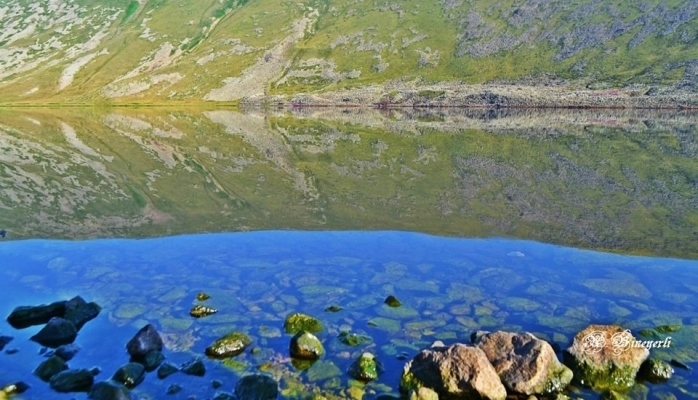
Qaragol Interrepublics State Reserve was set up with the decision of the Council of Ministers dated November17, 1987. Garagol State …

The idea of establishing Aghdam Bread Museum, which is considered to be the second in the world after the Zurich …
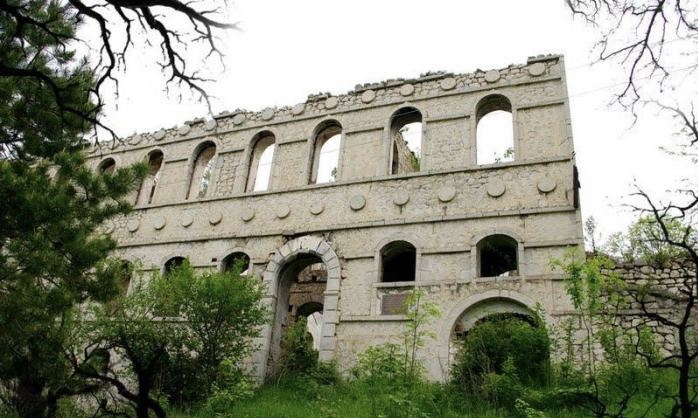
The Khurshudbanu Natavan’s House is a historical and architectural monument of the 18th century located in the city of Shusha. …

Museum Mausoleum Complex of Molla Panah Vagif is located in Shusha, Azerbaijan. It was built in honor of Molla Panah …
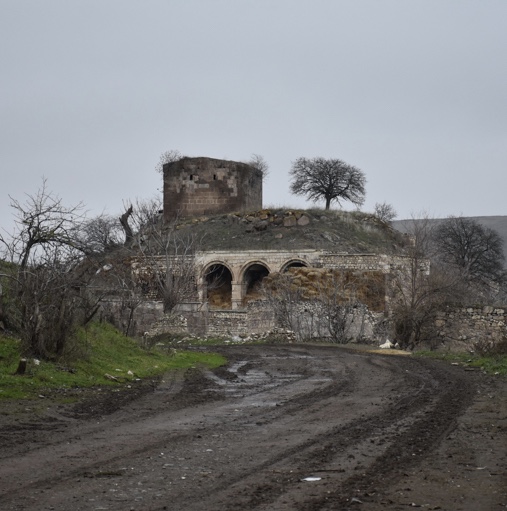
Garghabazar Caravanserai was built in 1681 at the hillside, in the center of Garghabazar village of Fuzuli district, 8 km …
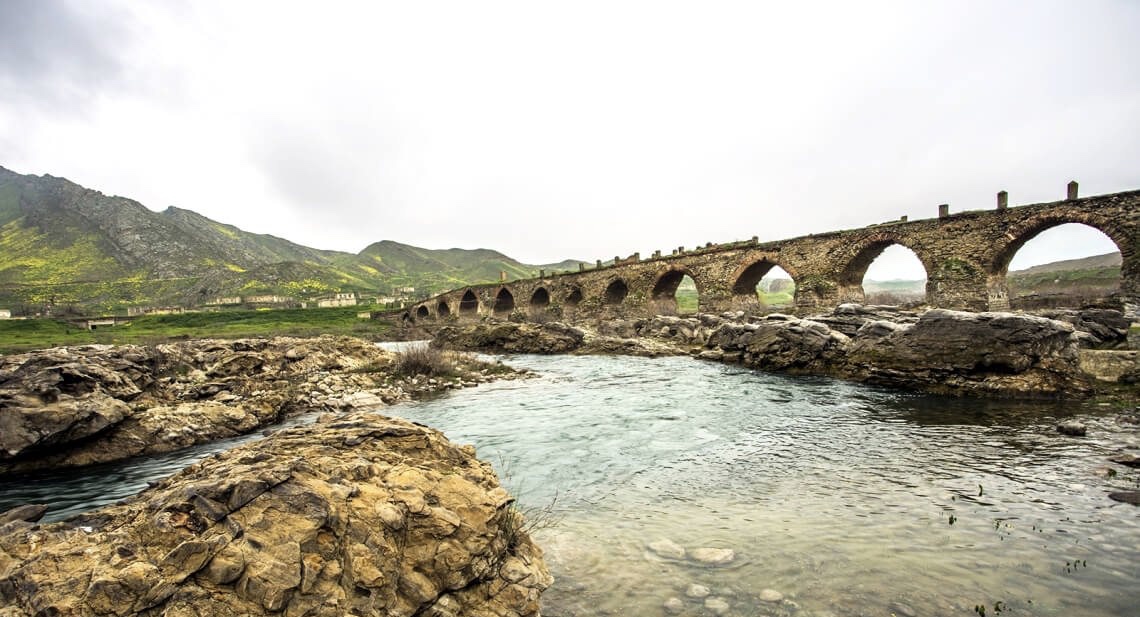
The Bridge belongs to the Arran architecture school. The first written source that mentioned the 15-arched Khudafarin Bridge belongs to …
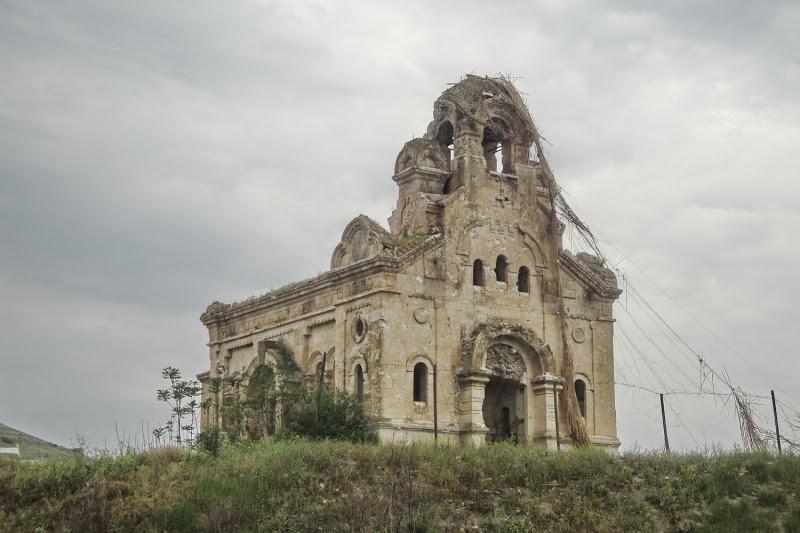
Armenia’s vandalism in Nagorno-Karabakh and seven surrounding regions affected not only the historical, cultural, and religious heritage of Islam but …

Jabrayil History-Ethnography Museum has been operating since 1953. Archaeological and ethnographic materials belonging to the history of the region, textiles, …

Khudavang, or Dedeveng, Monastery Complex is located in the Vang village of Kalbajar District, on the left bank of Tartar …

“The 19th century Aghdam Juma Mosque is perhaps the only structure that has withstood the years of neglect since the …